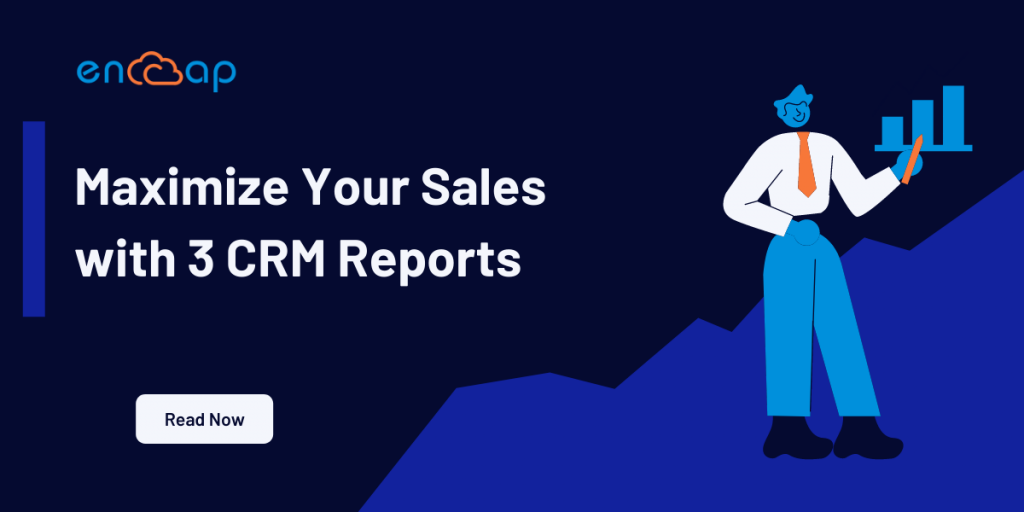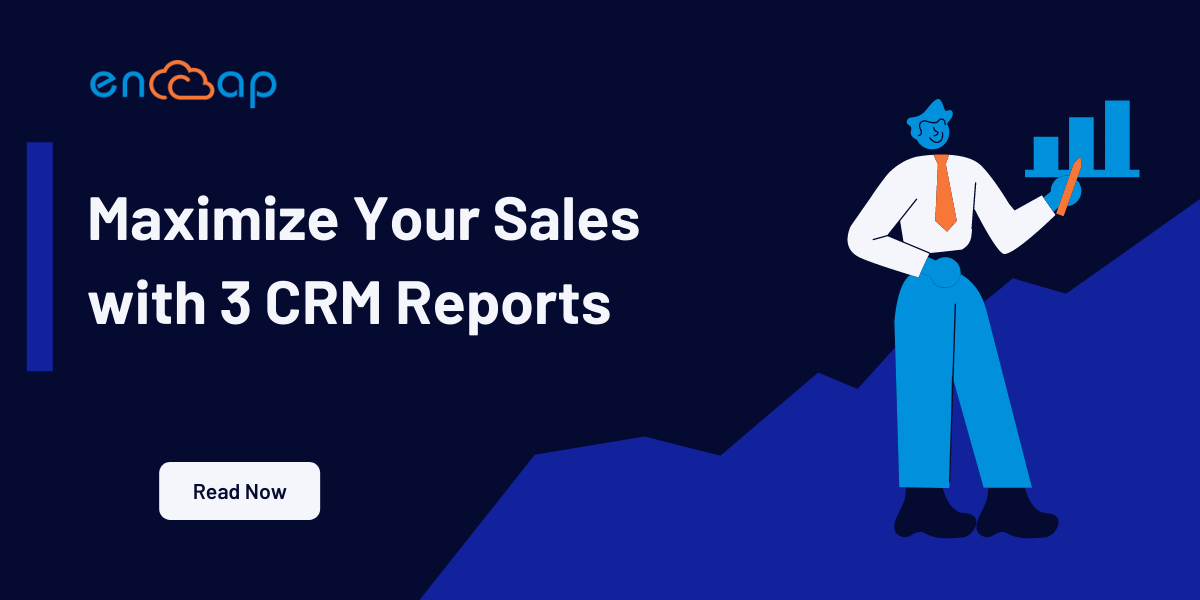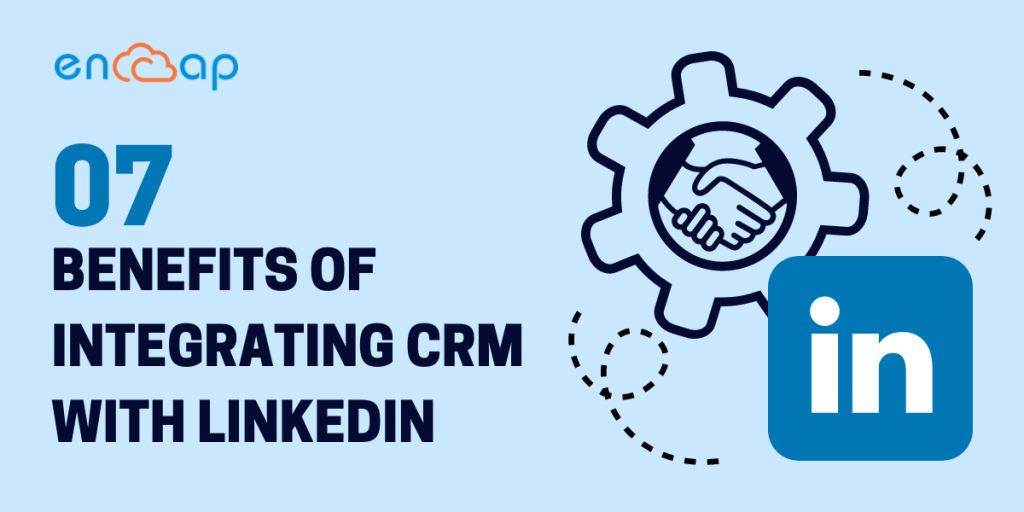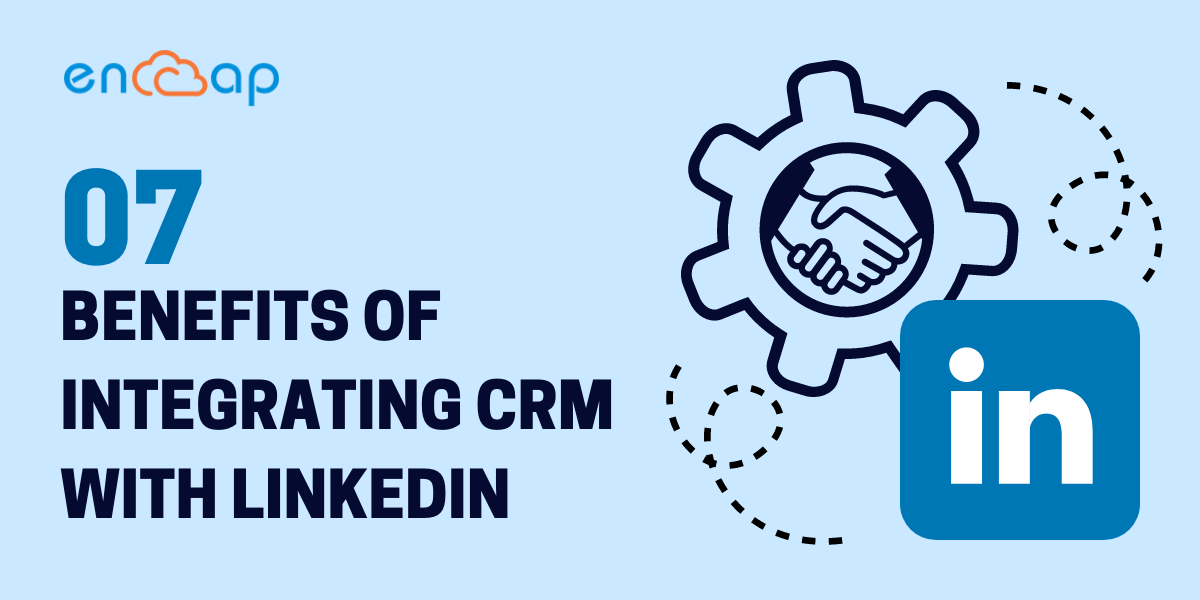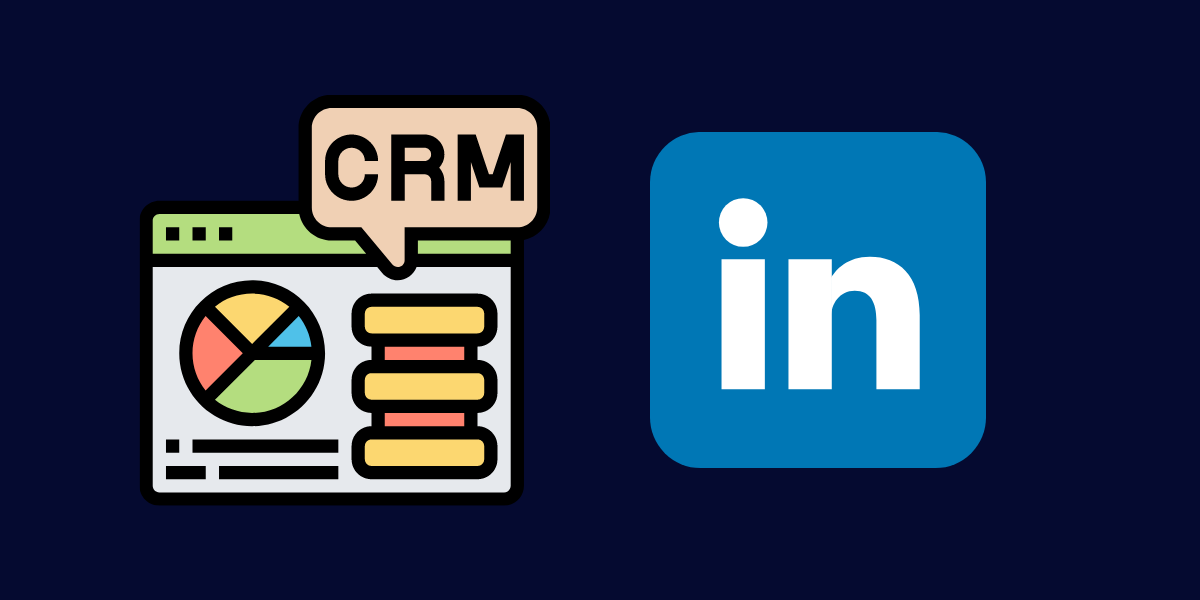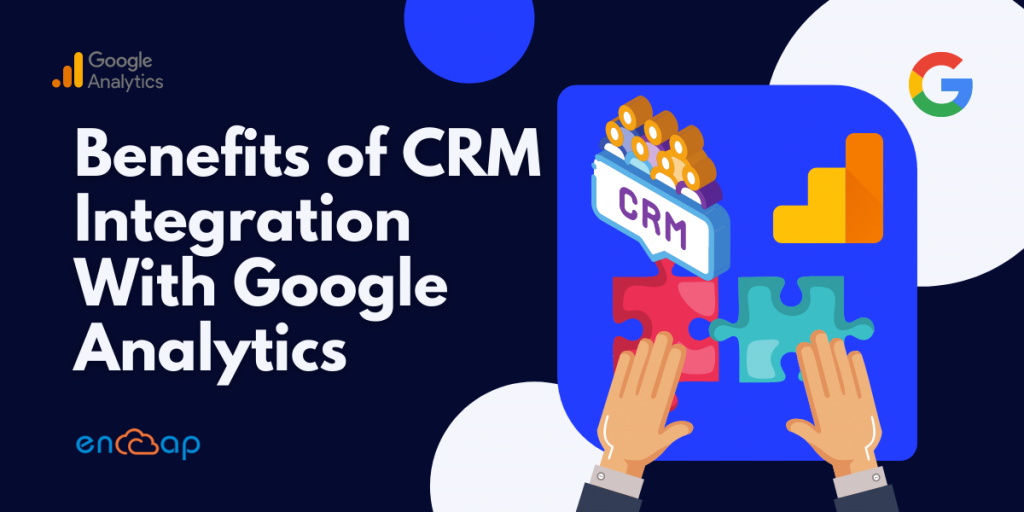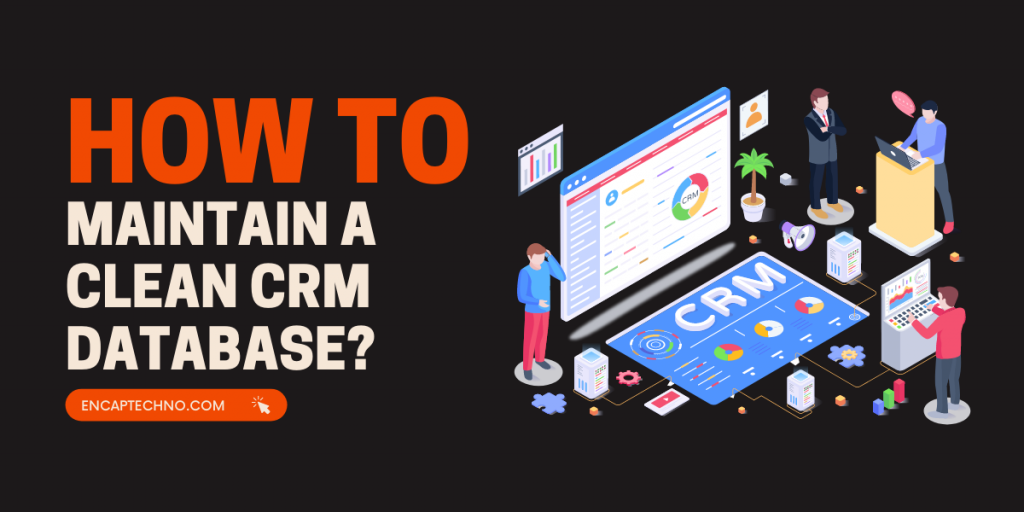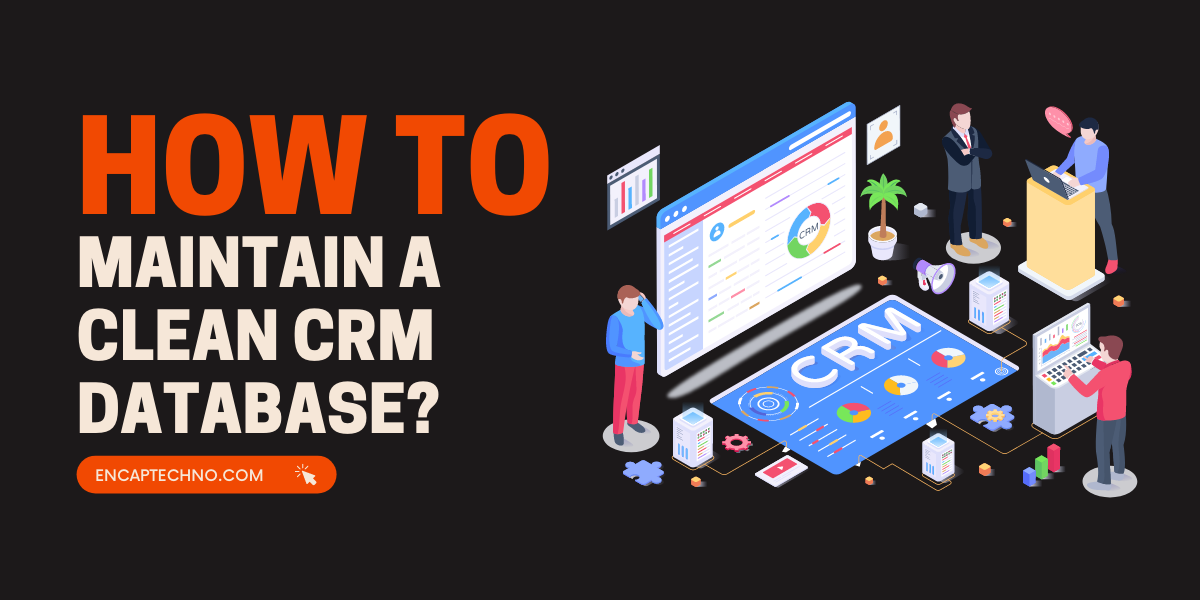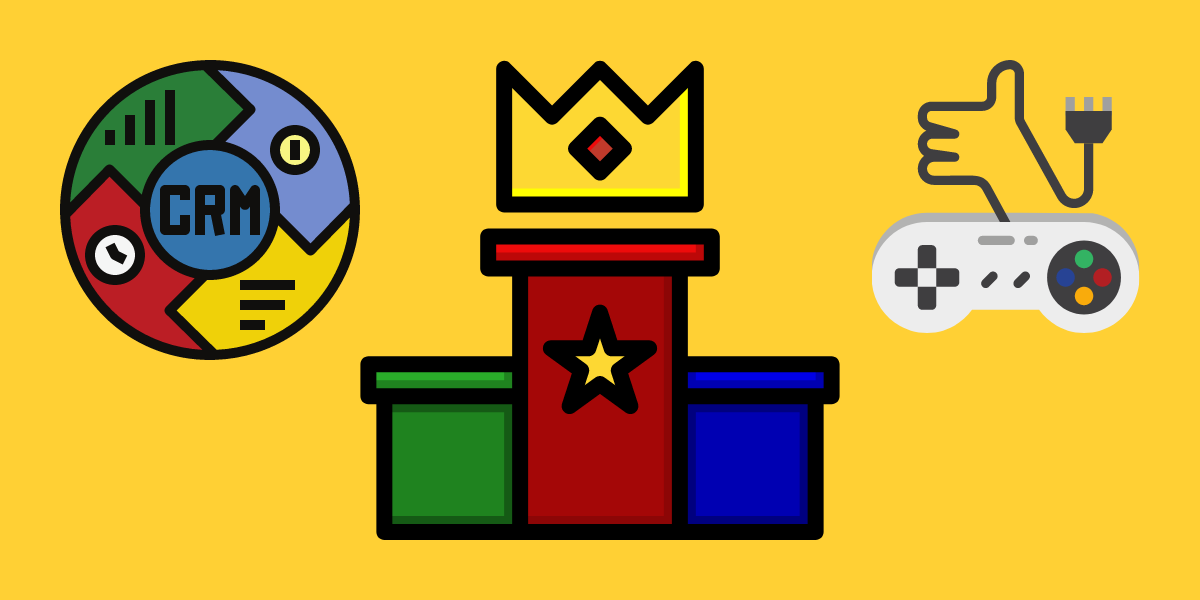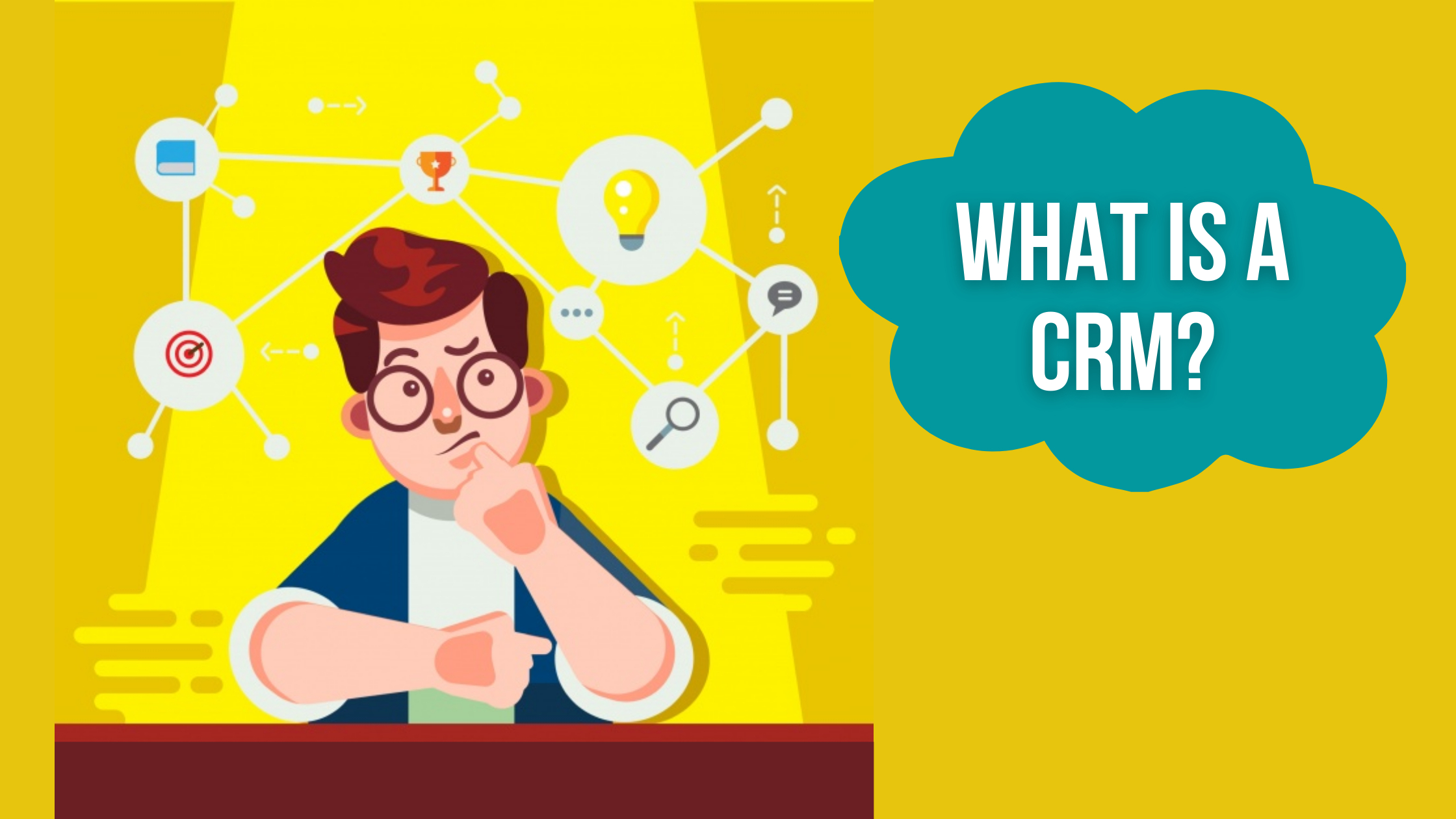Maximize Your Sales with Three CRM Reports
At the time when you are busy analyzing the sales objectives of your team, it always helps to go back and see which methods were responsible for maximizing the sales. When you really think about all these questions, you will also end up pondering multiple questions so that you can eventually work on creating a sales strategy.
You will think about the average time taken for the sales cycle to get completed, the number of leads that get converted into customers, star performers in your sales teams, and the regions that promote business. It is also possible to not know all of these things at once but you must try to keep looking for accurate answers to these factors.
An online CRM system helps significantly in understanding the figures that affect the sales process. Using the CRM solution, you can generate and analyze CRM reports with filters that can give you the information that you need. These reports can help you gain insights to effectively manage the sales processes and sales team as well.
In this blog, we will see three major reports that Zoho online CRM system offers to analyze and strategize the sales processes. These categories of Zoho reports offer immense value to the business. In addition, these reports also help in identifying the metrics that drive more sales so that time and effort can be spent in the right place.
What are CRM Reports?

CRM reports are like an organized document that is capable of telling us what is going on with a business. These reports can be as simple as a document that analyzes sales calls or it can be a document as detailed as the one that analyzes revenue numbers and customer feedback required for understanding a company.
There are many different types of CRM reports and honestly, all of them are important. You may want to think about which report relates to your goals or see these reports as tools that help in understanding how the sales process is working in a company.
The use of CRM reports is often limited to sales and marketing. However, if you wish to go a step beyond and have the correct data then you can gain valuable insights from the CRM reports. These are official documents that help in taking strategic business decisions beyond sales and marketing. The key is to find the best online CRM system that can help in generating and analyzing these reports.
Zoho is one such CRM system that generates accurate reports that can ramp up sales operations. Some of the reports that Zoho offers include
1. Time-Based Reports
There are hundreds and thousands of leads that do not guarantee increased sales. The key to converting qualified leads into sales is called lead nurturing which is something that is effective only with a detailed understanding of the lead nurture process.
Oftentimes, sales teams have stagnant leads in their pipeline that do not actually move ahead without sales monitoring. The best way to handle those leads is to identify them while taking extra time and effort to convert these leads successfully. This is something that can be easily done with the use of time-based reports.
We have all heard countless times that time is money but the main question is that do we really understand what this means? In terms of business the adage “Time is Money” means that every second counts when you are facing a customer. When you are in the process of converting a lead into an opportunity, timing is literally everything.
The sales team has to decide the value of their time. Using the CRM reports, it is possible to understand the lead nurturing cycle with comprehensive analysis. There are some time-based reports that can be helpful in calculating your valuable time and its effectiveness. These reports are “Sales Cycle Duration across Lead Sources/Potential Type”, “Overall Sales Duration across Lead Sources/Potential Type”, and “Lead Conversions Across Industries/Owners.”
2. People-Based Reports
Measuring the regular performance of sales representatives is important for business success. There are different metrics that can be used to measure the success of sales representatives. However, knowing the right sales metrics and getting important information can be helpful in understanding the strength and weaknesses of sales processes.
Another set of CRM reports that can be helpful in understanding more about the sales process is called people-based reports. These reports enable the managers to know which representatives are doing well and which reps are the ones who can do better.
It is important to understand that the reports that give us a comprehensive insight on the goals achieved by an individual alongwith the activities performed to achieve a target are considered important while calculating the monthly sales target.
Zoho is an online CRM system that offers different performance-based reports that eventually help in measuring the progress of an individual working in a sales team. Most importantly, these reports help in checking the overall quality of service offered to the customers. Some of the reports include “Sales Person’s Performance Report”, “Sales Cycle Duration Across Owner”, “Lead Conversion Count Across Owner.”
3. Revenue-Based Reports
Yet another factor that gives an insight into the sales processes is the amount of revenue that a business is making periodically. The sales managers must have clarity about each line of product or service contributing to the overall profit. It is possible that the sales processes can be great in one region but not the same in another.
When the sales managers know everything about the sales revenue, the percentage of targets achieved, and the lead sources that give more business, it becomes easy to keep a tab on the revenue. Understanding who the profitable customers are can be difficult unless there is a detailed report of everything that a customer purchases in a life cycle.
Measuring the revenue and growth of an organization is very easy. With the Zoho CRM reports, you can know exactly where the revenue of a company is going and the factors responsible for it. Some of the reports that are revenue-based include “Sales by Lead Source”, “Pipeline By Profitability/Stage”, and “This Month Sales.”
Benefits of CRM Reporting
Sometimes, sales professionals think that creating a sales strategy based on CRM reports can take your time and energy that could be spent somewhere else. However, this is not the right thinking. Below mentioned are some of the benefits that will make the benefits of CRM reporting very clear to you.
1. Insights
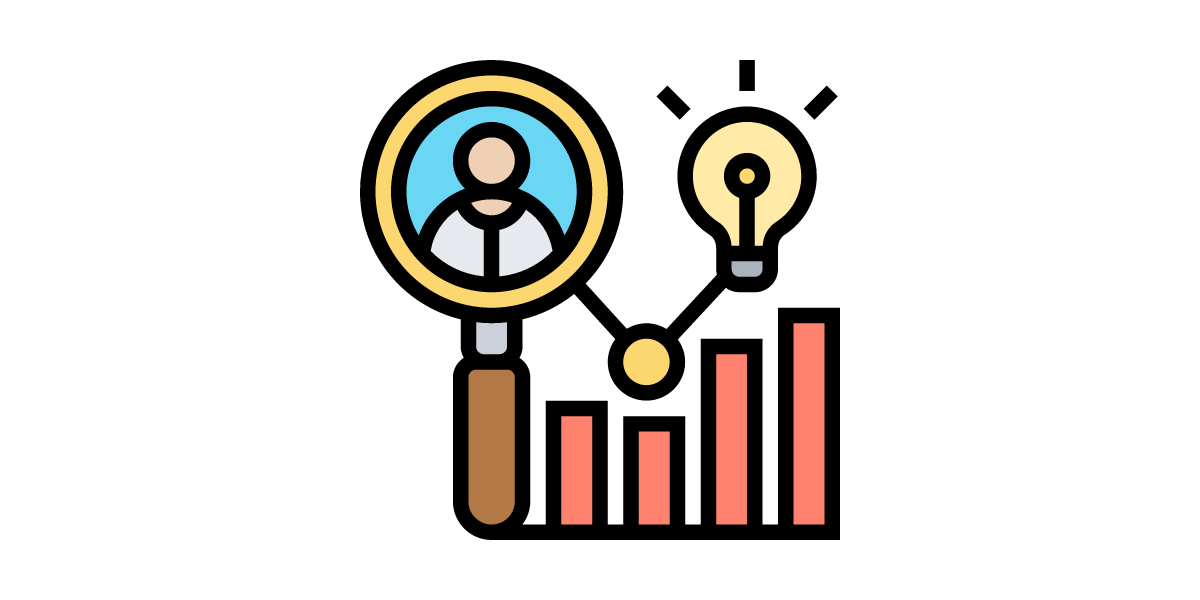
Sales is a lot about understanding how well you suffice the needs of your customers. The detailed insights that you can see based on your customers help in improving the sales pitch.
Let’s say that you are looking for clients that are easily approachable, do not cause any troubles, and continue to be profitable for you for a long time to come. Now you can find these clients by creating CRM reports that can find patterns in your customers. You can study these reports and understand which clients are likely to be ideal for you.
2. Sales Funnel
The entire process through which a lead becomes a customer is considered important to the health of your sales process. There are many sales representatives that do not realize that they have a problem that their sales funnels can be improved.
The reports generated by an online CRM system can help in underlining all problems that are present with the funnel so that the sales process becomes smooth. Once you see where the problems are, you will solve them immediately and the final result will be favorable.
3. Streamlined Time
The sales professionals must be clear about the way they are spending their time if they wish to achieve the goals in the right time frame. With minimal effort, the result can be considerable.
The sales representatives can also increase this time to have a bigger impact on the sales record. The online CRM reporting can be extremely helpful because the CRM reports help the representatives to find revenue-generating activities that maximize the time spent with the right leads.
For instance, sales representatives can find an ideal customer profile to spend time with prospects that can use a product or service or find leads at a profitable source. The reports can ensure that representatives are only spending their time where it genuinely makes a difference.
4. Making Suitable Changes
The process of creating sales strategy, monitoring, and changing it periodically is not an easy process. It is always changing and representatives who do not keep up with the changes can fall behind easily. The key is to find just where the changes need to be made and to focus on making those changes timely.
The CRM reports help us in identifying where the changes must be made. The reports are useful in finding problems or seeing patterns that are leading to lost sales. Once these patterns are understood, it is possible to offer key insights into what must be changed.
5. Seeing Issues Early
The sooner salespeople can see a potential issue, the more they can eliminate them. This enables the sales representatives to take corrective measures and put in strategies that can help in meeting goals.
Using CRM reports can help in pointing patterns more quickly than humans in many cases. It is important to understand the problem so that creating a sales strategy becomes easy. This way, obstacles can be seen and solved at the right time.
Conclusion
Using the CRM reports can help in generating better revenue and it can also boost team productivity. The reports come with an ability to streamline complex manual duties which ultimately ends up saving a lot of precious time.
In case you have not been using the CRM reports in a powerful way then it is time to start exploring data so that you find and maximize more opportunities. Irrespective of the kind of business you might be in, the CRM reports can be helpful in making your sales operations much more organized.
Maximize Your Sales with Three CRM Reports Read More »
CRM Services
